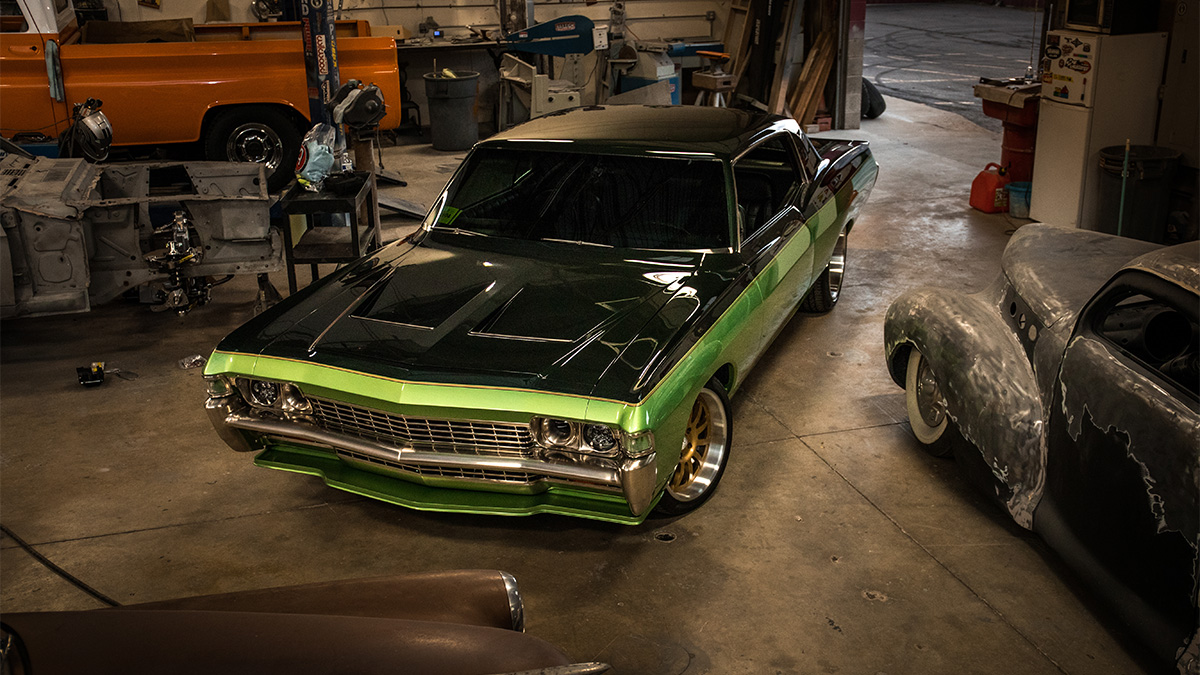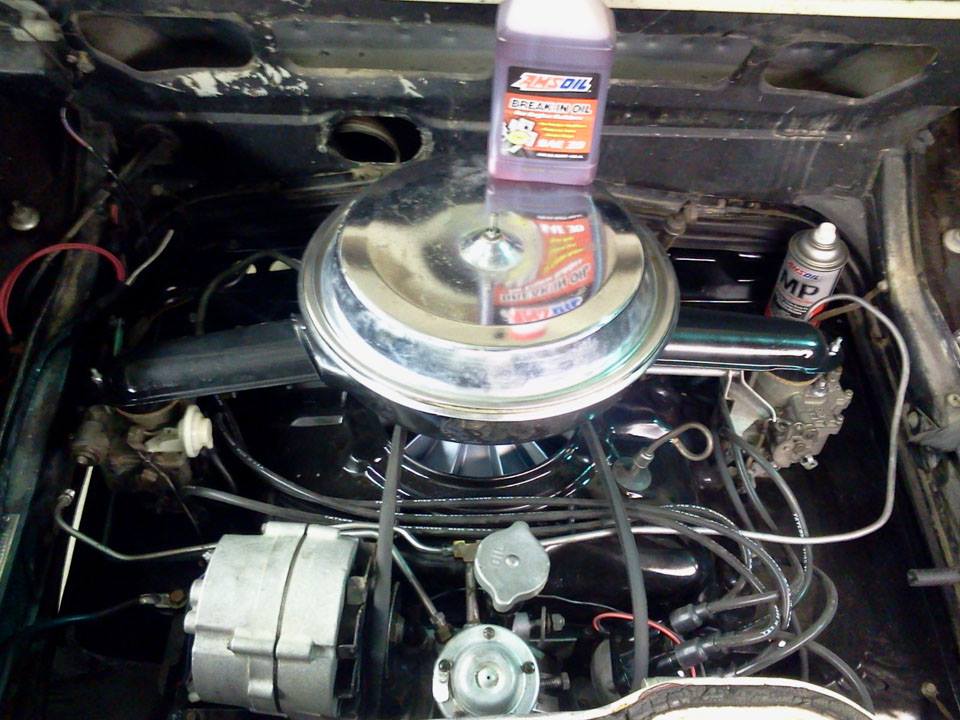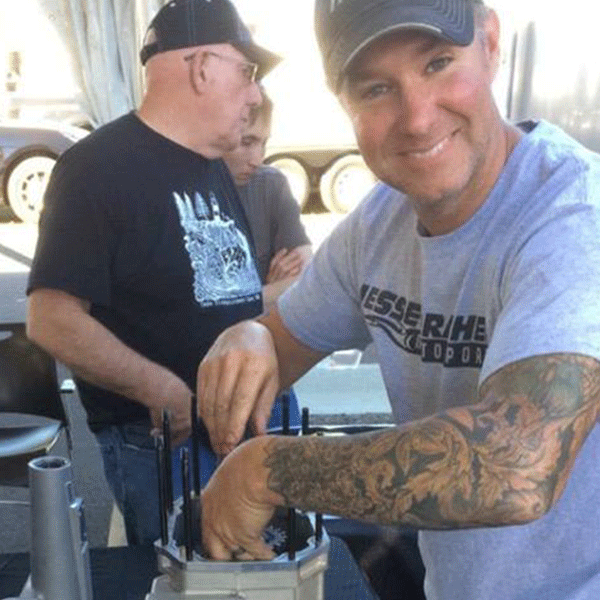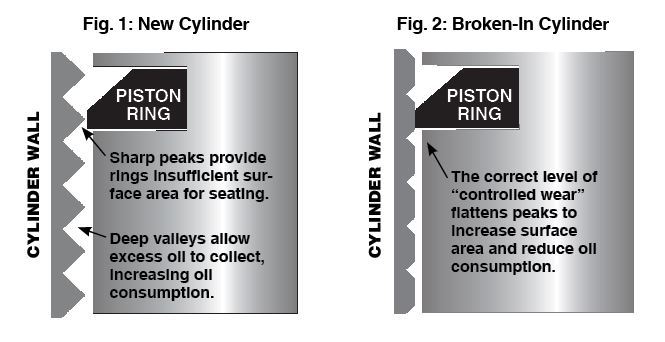MUSCLE CAR MANIA: Chevy* Power We look under the hood at classic Chevy muscle car engines and the products to protect them. _by Brad Nelson|March 1, 2024 The glory days of the muscle-car era were fueled by a war between American automakers for stoplight-to-stoplight power and speed. The victors were speed demons who craved increasingly […]
You are browsing archives for
Tag: break in oil
8 Hot AMSOIL Products for Your Vintage C...
8 Hot AMSOIL Products for Your Hot Rod Jamie Gibson|Apr 20, 2018 10:52 AM If you’re anything like us, the highly anticipated sights and sounds of hot rods, muscle cars and restomods returning to the open road makes you a bit giddy. It’s a sure sign of road trips, car shows and all things summer. […]
SCCA Mazda Engine Builder Trusts Only AM...
Championship Engine Builder Trusts Only AMSOIL John Baker|Dec 18, 2019 8:11 AM More than 1,080 miles covering six states separate Jesse Prather Motorsports, in Topeka, Kansas, from Virginia International Raceway. And yet Jesse Prather’s influence at the track in October for the Sports Car Club of America’s (SCCA) annual “Runoffs” was unmistakable as an estimated […]
Why You Should Be Wary About Using Break...
Why You Should Be Wary About Using Break In Oil in Powersports Equipment John Baker|Sep 25, 2017 1:32 PM Marco Navarro asks on our Facebook page about break in oil, with attention paid to powersports engines. (Break in oil importance, drain interval on it, and applications. To include motorcycles and ATVs since life of engine is shorter […]



